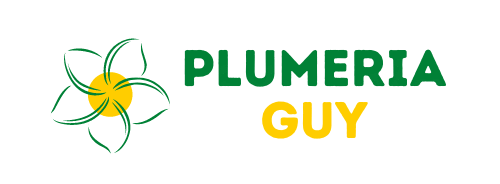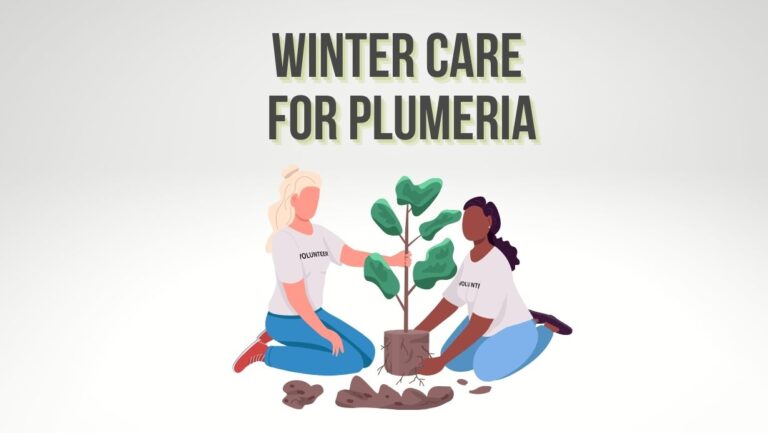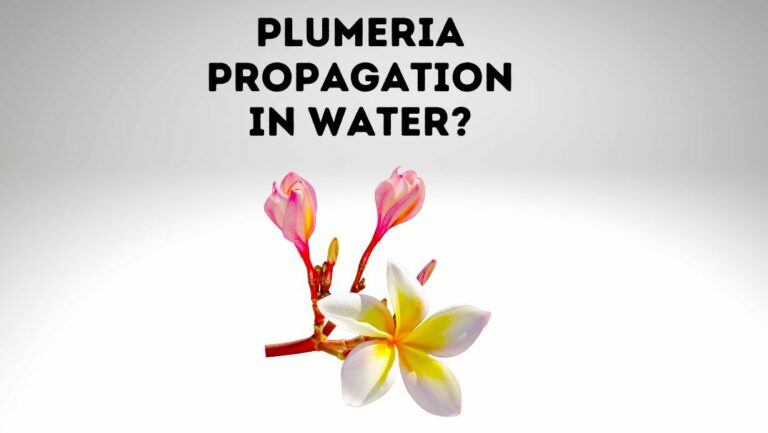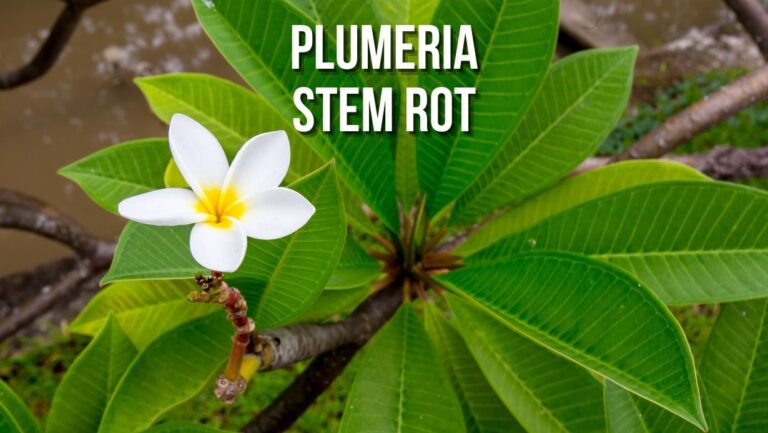
Plumeria seed pods are the latest trend in eco-friendly jewelry. These beautiful and unique seed pods are not only stylish but also sustainable.
If you’re looking for a piece of jewelry that makes a statement and is earth-friendly, plumeria seed pods are a perfect choice.
In this blog post, we will explore everything you need to know about plumeria seed pods, from how they’re sourced to how to care for them.
What are Plumeria Seed Pods?
Also known as “frangipani,” plumeria is a tropical tree that produces beautiful flowers. The flowers can be white, pink, yellow, or red, and they are often used in leis or other Hawaiian decorations. Plumeria seed pods are the fruits of the plumeria tree, and they can be used to propagate new trees.
Plumeria seed pods are large and spherical, with a hard outer shell. Inside the shell are several small seeds. To propagate a new plumeria tree from seed, you will need to crack open the pod and remove the seeds. Plant the seeds in well-drained soil and water regularly. With proper care, your new plumeria tree should bloom within a few years.
How Many Plumeria Seeds In A Pod?
If you’re wondering how many plumeria seeds are in a pod, the answer is quite a few! A single pod can contain up to 100 seeds, though the average is closer to 50.
This means that if you’re growing plumeria from seed, you’ll have plenty of chances to get a successful plant. However, it also means that germination can be hit-or-miss; even with fresh seeds, only about 50% will sprout.
Still, for those who are patient and lucky, growing plumeria from seed can be a fun and rewarding experience. There’s nothing quite like seeing your own plant grow from a tiny seedling into a beautiful blooming tree.
What Can You Do With Seed Pods?
If you have ever seen a plumeria tree in bloom, you know that they are absolutely beautiful. The flowers are large and fragrant, and the trees themselves can grow to be quite tall. What you may not know is that these trees produce seed pods that can be used for a variety of different things.
First of all, the seeds inside the pods can be used to grow new plumeria trees. This is a great way to get more of these stunning trees for your garden or yard. The seeds need to be fresh in order to germinate, so it is best to collect them as soon as the pods start to dry and turn brown. You will also need to remove the outer shell of the seed before planting.
Another use for plumeria seed pods is as decoration. They can be dried and then painted or carved with pretty designs. They make unique gifts or home decor items.
Ultimately, the oils from plumeria seed pods can be extracted and used in making perfume or soap. The scent is very pleasant and floral, so it makes a nice addition to these products. If you are interested in trying this, you will need to purchase a special extractor machine.
When Do Plumeria Seed Pods Form?
After a plumeria flower blooms and falls off the plant, a seed pod will start to form in its place.
The seed pod will continue to grow and mature until it is ready to be harvested.
Depending on the variety of plumeria, the seed pods can take anywhere from 6 to 12 months to reach full maturity.
How Long Does It Take For Plumeria To Bloom From Seeds?
It takes anywhere from two to six months for plumeria seeds to germinate and bloom. However, it is not uncommon for plumeria seeds to take up to a year to bloom.
The amount of time it takes for plumeria seeds to germinate and bloom depends on the type of plumeria seed, the growing conditions, and the care that the seedling receives.
The Different Types of Plumeria Seed Pods
If you’re looking for a guide on the different types of plumeria seed pods, you’ve come to the right place. In this article, we’ll be discussing the three main types of plumeria seed pods: frangipani seed pods, ylang-ylang seed pods, and jasmine seed pods.
Frangipani Seed Pods
Frangipani seed pods are the most common type of plumeria seed pod. They’re typically oval or egg-shaped, and they have a hard outer shell. The inside of a frangipani seed pod is filled with white, fluffy seeds.
Ylang-Ylang Seed Pods
Ylang-ylang seed pods are less common than frangipani seed pods. They’re usually longer and thinner than frangipani seed pods, and they have a softer outer shell. The inside of a ylang-ylang seed pod is also filled with white, fluffy seeds.
Jasmine Seed Pods
Jasmine seed pods are the least common type of plumeria seed pod. They’re typically rounder than frangipani seed pods, and they have a soft outer shell. The inside of a jasmine seed pod is filled with small black seeds.
Now that you know the different types of plumeria seed pods, you can decide which type is right for you.
How to Plant and Grow Plumeria Seed Pods
If you want to grow plumeria from seed, you’ll need to start with a fresh plumeria seed pod. You can find these at most nurseries or online. Once you have your seed pod, you’ll need to remove the seeds from the pod and plant them in well-draining soil.
Plumeria seeds need warm temperatures to germinate, so it’s best to start them indoors in a warm, sunny spot. Once the seeds have germinated, you can transplant them outdoors. Plumeria plants need full sun and well-drained soil to thrive.
When watering your plumeria seedlings, be sure to keep the soil moist but not soggy. Overwatering can lead to root rot, which can kill your plant. If you live in an area with high humidity, you may need to water your plumeria more often than those in drier climates.
Fertilize your plumeria every few weeks during the growing season with a balanced fertilizer formulated for blooming plants. This will help encourage lots of beautiful flowers!
How to Care for Plumeria Seed Pods
Caring for plumeria seed pods is a simple process that requires only a few steps.
First, soak the seeds in water for 24 hours before planting. This will help them to germinate faster.
Next, plant the seeds in well-draining soil and water regularly. Be sure to keep the soil moist but not soggy.
Ultimately, fertilize the plants every two weeks with a balanced fertilizer.
Should I Remove The Seed Pods?
If your plumeria plant is healthy and blooming well, there’s no need to remove the seed pods. In fact, many gardeners leave them on the plant as an ornamental feature.
However, if the seed pods are causing the branches to bend or break off, it’s best to remove them. You can also remove the seed pods if you want to prevent self-seeding.
Plumeria Seed Pod Broke Off Should I Worry?
If you notice that a plumeria seed pod has broken off, don’t worry! This is perfectly normal and does not mean that your plant is in danger. The broken pod will eventually dry out and fall to the ground, where it can be recycled back into the soil.
If you’re concerned about the aesthetics of your plant, you can always remove the broken pod with pruning shears. Just make sure not to cut too close to the main stem, as this could damage the plant.
Alternatives to Plumeria Seed Pods
If you’re looking for an alternative to plumeria seed pods, there are a few options available.
You can try growing plumeria from cuttings, which is a bit more challenging than growing from seeds but still possible. You can also purchase plumeria plants from a nursery or online retailer.
Finally, if you have access to a mature plumeria tree, you can collect its flowers and propagate them yourself.
Conclusion
We hope you enjoyed our complete guide to plumeria seed pods. These little pods are full of potential and can be used in a variety of ways. We encourage you to experiment with them and see what works best for you. If you have any tips or tricks on how to use plumeria seed pods, be sure to share them with us in the comments below!


![Plumeria Infested with Mealybugs: [Causes, Prevention & Treatment]](https://plumeriaguy.com/wp-content/uploads/2023/06/18-768x433.jpg)
![Black Tip Fungus On Plumeria: [Causes and Prevention Tips]](https://plumeriaguy.com/wp-content/uploads/2022/12/Black-Tip-Fungus-On-Plumeria-768x433.jpg)


